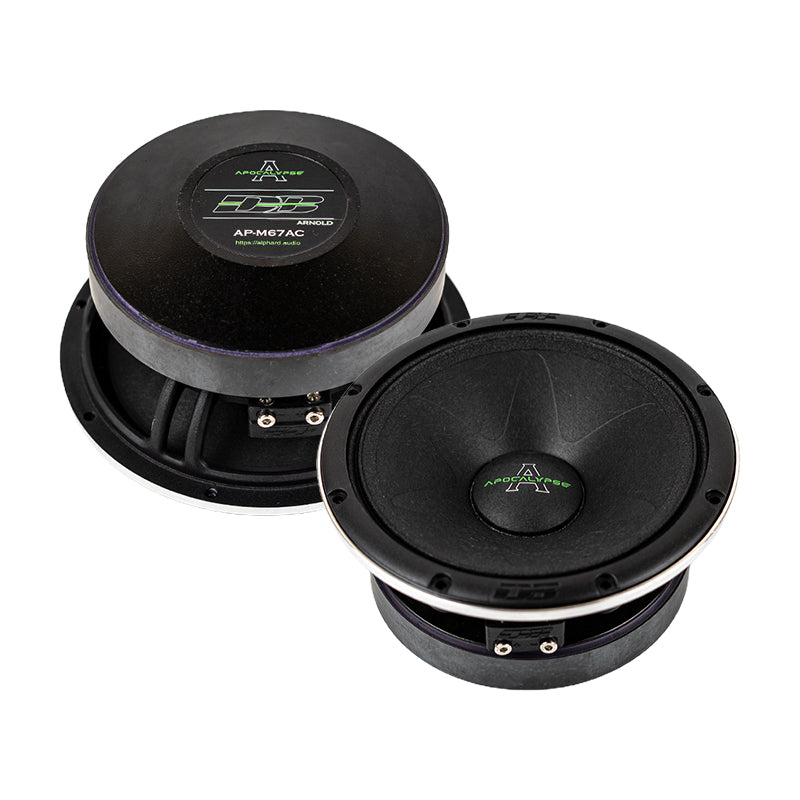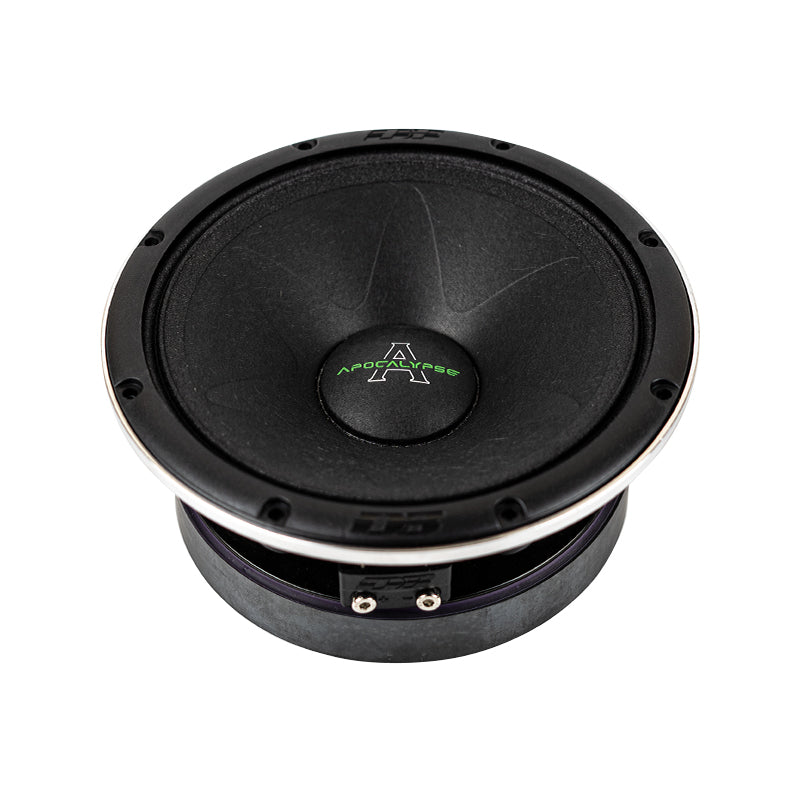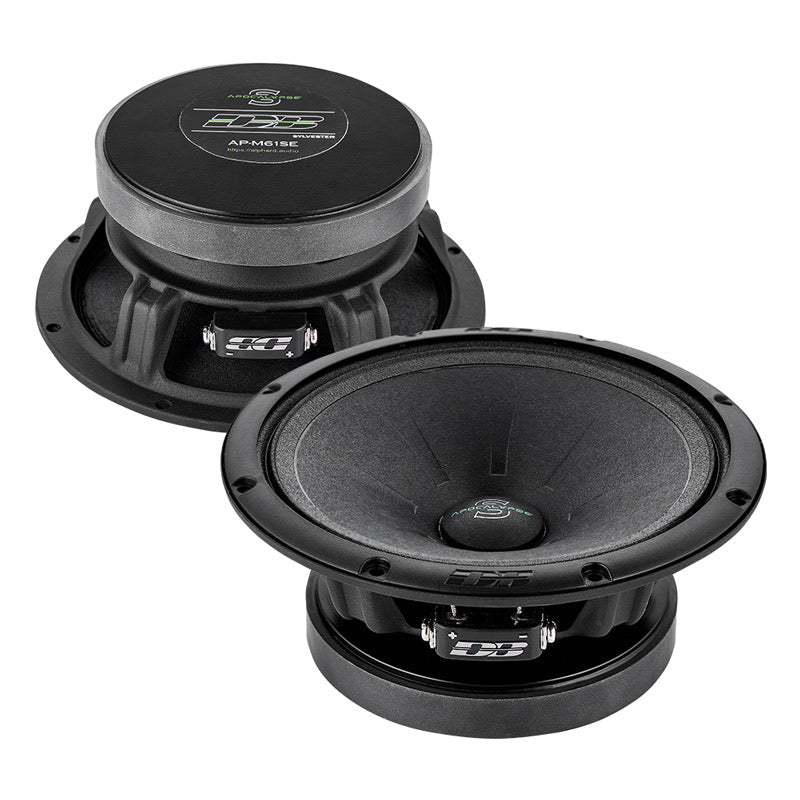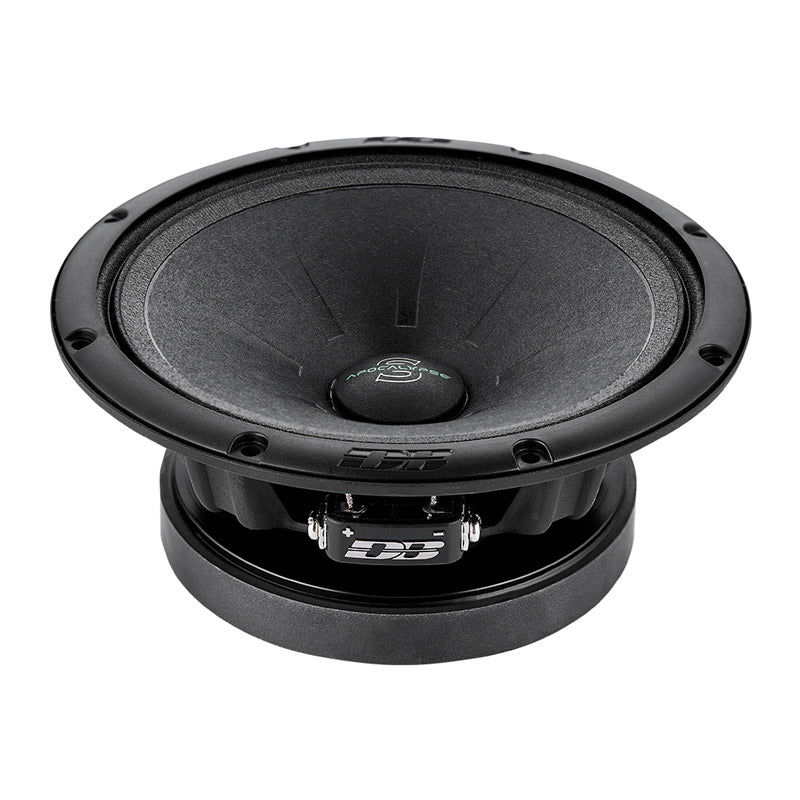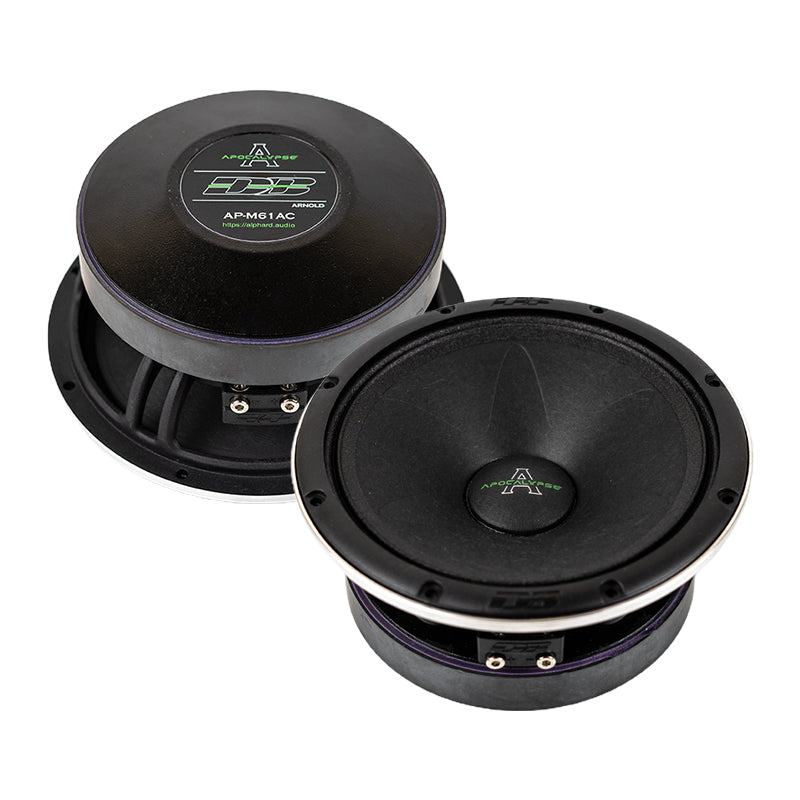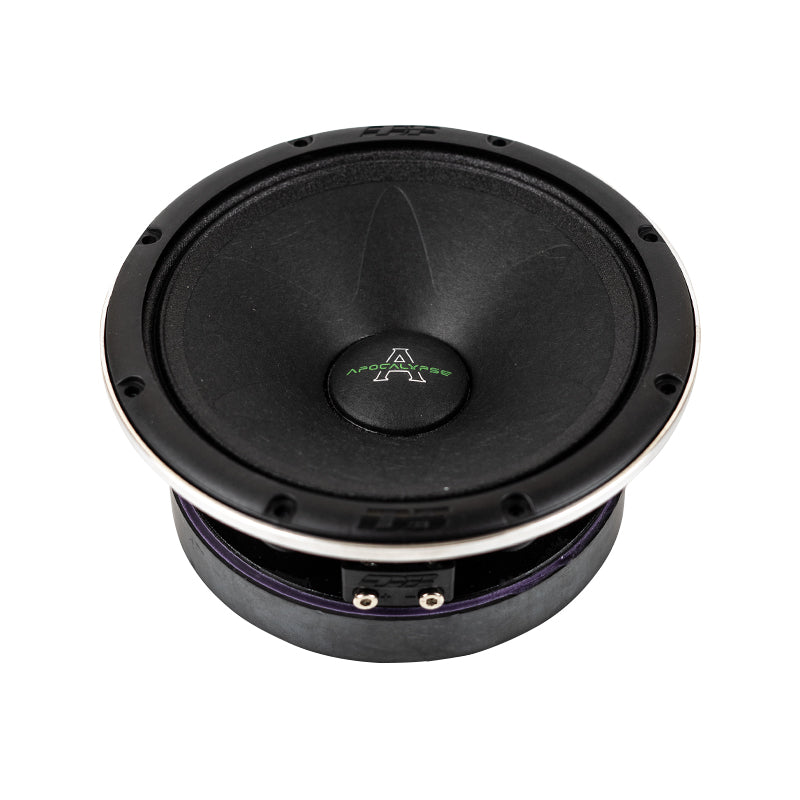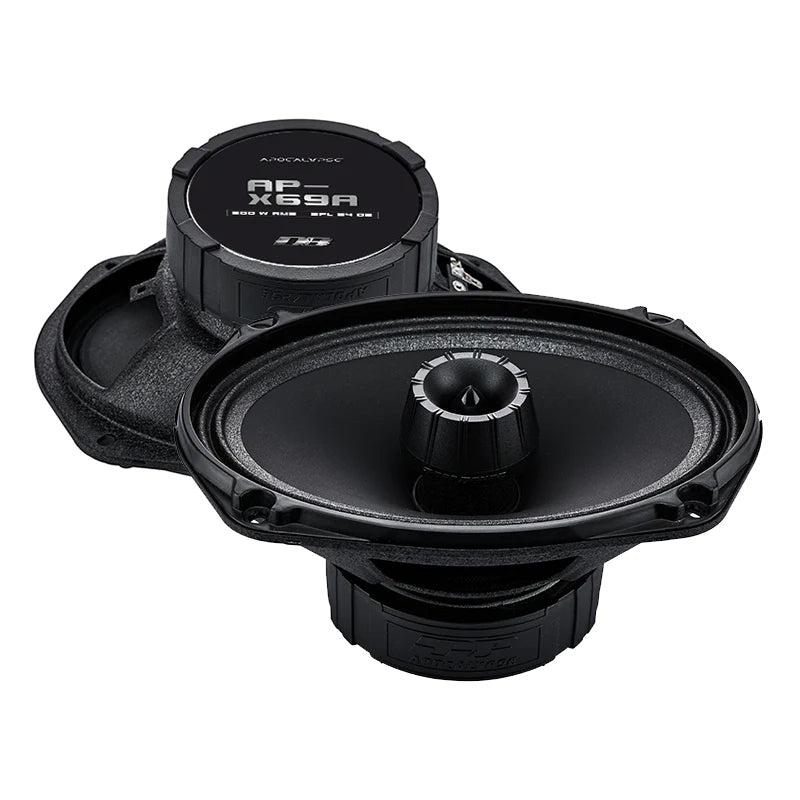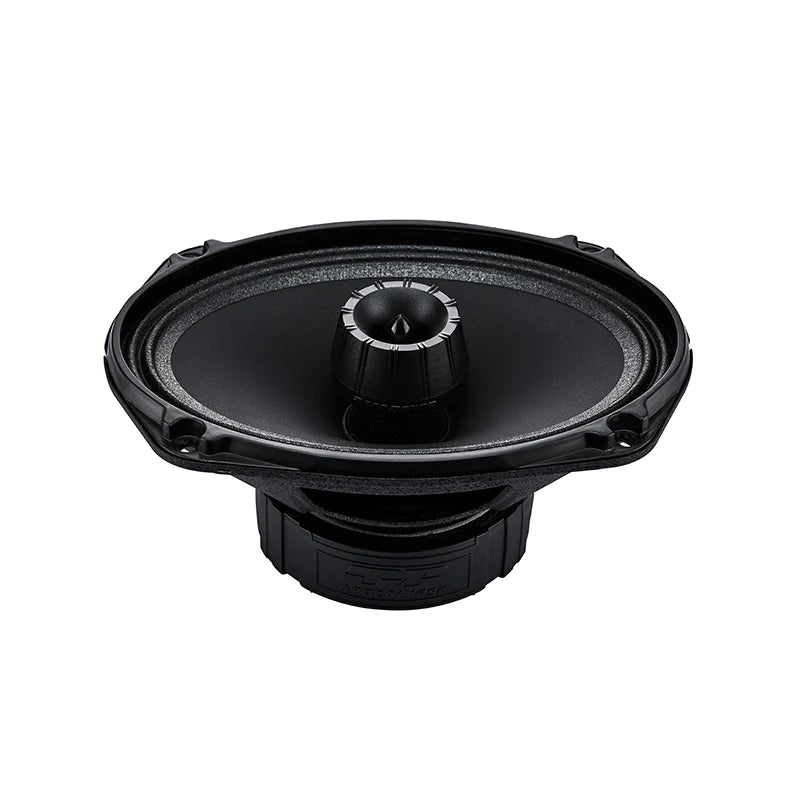Most people pay attention to brand reputation, size, or the wattage when shopping for car speakers. However, there is one more specification that directly influences the way your system would sound and perform: sensitivity rating. Such a figure informs you about the efficiency of a speaker to change power into the sound. In other words, it is the demonstration of the maximum power of your speakers.
What Is Sensitivity in Car Speakers?
Speaker sensitivity in decibels (dB) is the measurement of the loudness of a speaker at 1 watt of power at a distance of 1 meter. Higher the sensitivity rating, the more sound the speaker can make with less power.
-
Speaker with 88 dB sensitivity is considered average.
-
Rating of 90 dB and above is good, and it produces more volume with less power.
-
Anything below 85 dB requires more power to achieve the same loudness.
As an example, given two speakers (one rated at 87 dB and the other at 91 dB), the second will be almost twice as loud, with an equal amount of amplifier power.
Why Sensitivity Ratings Matter in Car Audio
Sensitivity is key to designing a balanced car audio system. Here’s why it matters:
-
Efficiency with limited power: Factory head units usually output low wattage, so speakers with high sensitivity ratings deliver better performance without needing an amplifier.
-
Compatibility with amplifiers: If you already have a powerful amp, you can use speakers with lower sensitivity, as the extra power compensates.
-
Sound quality consistency: Proper sensitivity ensures your speakers play at appropriate levels without distortion or strain.
-
System matching: Helps balance subwoofers, mids, and tweeters for even output across frequencies.
Sensitivity is one of the factors that make speaker selection the most significant aspect, though it is frequently ignored in favor of wattage or size.
Speaker Efficiency in Car Audio
Speaker efficiency in car audio is nothing but sensitivity. Efficiency defines how effective a speaker is using the power bestowed on it.
-
High-efficiency speakers (90 dB and above) are great for stock radios or low-powered systems because they don’t require much energy to perform.
-
Lower-efficiency speakers (85 dB and below) can sound excellent but usually need more power from an external amplifier to reach their potential.
Such efficiency also has an impact on the feeling of dynamism and life in your system. Very efficient speakers are more likely to sound louder and less efficient speakers could be flat without amplification.
How Sensitivity Affects Real-World Listening
On a paper, the difference in decibels can hardly be visible. In reality though, a 3 dB gain in sensitivity implies that the speaker needs half the power to output the same amount of sound.
-
Speaker rated 87 dB might need 100 watts to hit a certain loudness.
-
A 90 dB speaker only needs 50 watts for the same result.
This is important during the balancing of your system. As an example, when your subwoofer is very sensitive but the door speakers are not, the bass can drown out the mids and highs unless you also tune or turn up the power.
High Sensitivity Car Speakers: When to Choose Them
High sensitivity car speakers are ideal for drivers who:
-
Use a factory or stock head unit without an external amplifier.
-
Want louder sound with minimal power consumption.
-
Prefer an easier installation without worrying about upgrading wiring or alternators.
-
Value clarity and volume in everyday listening environments.
Several coaxial and component speakers available in the market are sensitive to 90-93 dB or so and will therefore make upgrades that can be done without any modifications.
When Lower Sensitivity Speakers Make Sense
Although high sensitivity is highly lauded, lower sensitivity speakers don't necessarily make a bad selection. They are usually built with heavier cones, bigger magnets or superior materials that promote the sound quality and longevity.
These speakers will perform well with a strong amplifier since they are capable of operating higher wattage and sound more accurately at the higher frequencies. This is a path that audiophiles prefer to take, provided they are prepared to spend on the peripheral equipment.
Factors That Influence Sensitivity Ratings
One should not forget that sensitivity ratings are not the only factors that define performance. Others are contributory factors, such as:
-
Speaker size: Larger drivers often move more air, creating louder sound.
-
Cone materials: Lightweight cones typically increase sensitivity by making it easier for the speaker to move.
-
Magnet strength: Stronger magnets can improve responsiveness but may reduce sensitivity if paired with heavy cones.
-
Crossover design: The way frequencies are split between tweeters, mids, and woofers affects overall output efficiency.
Looking at sensitivity alongside these factors ensures you’re making the right choice for your setup.
Matching Sensitivity with Your Car Audio System
The key to great sound is matching sensitivity to your available power. Here’s a quick guideline:
|
System Setup |
Recommended Sensitivity |
Why It Works |
|---|---|---|
|
Factory head unit only |
90 dB+ |
Maximizes volume without extra power |
|
Low-power aftermarket head unit |
88–92 dB |
Balances clarity and efficiency |
|
With external amplifier |
85–90 dB |
Handles more power, better control |
|
High-powered competition setup |
85 dB or lower |
Designed for accuracy at high wattage |
By matching sensitivity correctly, you’ll avoid overworking your system while achieving the sound quality you want.
Common Misunderstandings About Sensitivity
There are a few misconceptions that often confuse buyers:
-
“Higher sensitivity always means better sound.”
Not true, sensitivity only shows efficiency, not overall quality. Materials and design matter just as much. -
“Low sensitivity speakers are weak.”
Actually, with the right amplifier, they can outperform high sensitivity speakers in clarity and dynamics. -
“You can judge a system by sensitivity alone.”
Power handling, frequency response, and build quality must also be considered.
Keeping these points in mind helps avoid mistakes when choosing speakers.
Tips for Getting the Best Performance
Once you’ve chosen the right sensitivity rating, small adjustments make a big difference in real-world sound:
-
Pair speakers with the right amplifier power to prevent distortion.
-
Use quality wiring to ensure clean signal transfer.
-
Tune with an equalizer to balance bass, mids, and highs.
-
Add sound deadening materials to doors or panels to maximize efficiency.
-
Test with different genres of music to fine-tune settings.
These tips will not only make sure you choose the correct sensitivity but also get the maximum out of your car speakers.
Takeaway on Sensitivity Ratings
Knowledge about sensitivity ratings will ensure you can make wiser decisions when upgrading your car audio system. Higher sensitivity car speakers are good and are effective in stock systems whereas the lower sensitivity models are effective when used with high powered amplifiers. It is possible to determine the optimal balance between efficiency and performance by looking at your equipment, your vehicle and your listening style.
Sensitivity can be simply a figure on a spec sheet, but when properly utilized it could be the key to the louder, cleaner and more enjoyable music on every drive.


